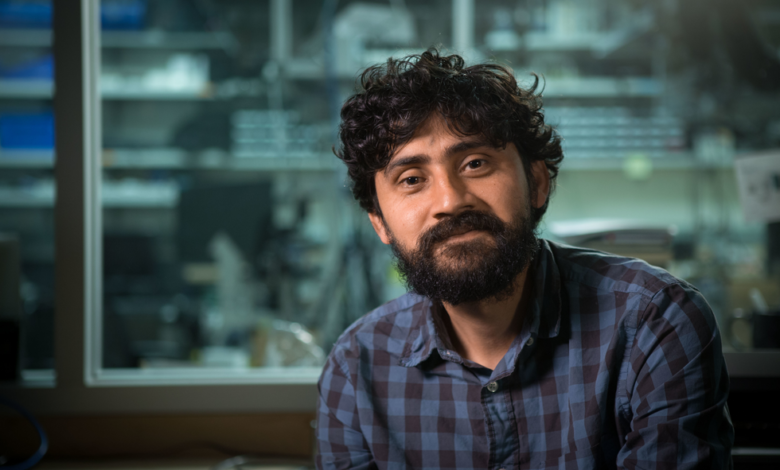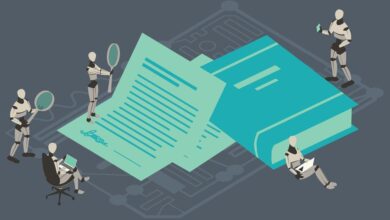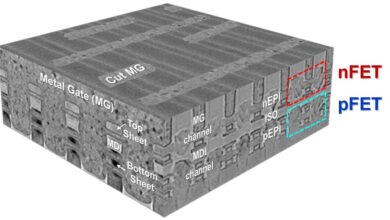For this Stanford Engineer, Frugal Invention Is a Calling

Manu Prakash spoke with IEEE Spectrum shortly after returning to Stanford University from a month aboard a research vessel off the coast of California, where he was testing tools to monitor oceanic carbon sequestration. The associate professor conducts fieldwork around the world to better understand the problems he’s working on, as well as the communities that will be using his inventions.
Prakash develops imaging instruments and diagnostic tools, often for use in global health and environmental sciences. His devices typically cost radically less than conventional equipment—he aims for reductions of two or more orders of magnitude. Whether he’s working on pocketable microscopes, mosquito or plankton monitors, or an autonomous malaria diagnostic platform, Prakash always includes cost and access as key aspects of his engineering. He calls this philosophy “frugal science.”
Why should we think about science frugally?
Manu Prakash: To me, when we are trying to ask and solve problems and puzzles, it becomes important: In whose hands are we putting these solutions? A frugal approach to solving the problem is the difference between 1 percent of the population or billions of people having access to that solution.
Lack of access creates these kinds of barriers in people’s minds, where they think they can or cannot approach a kind of problem. It’s important that we as scientists or just citizens of this world create an environment that feels that anybody has a chance to make important inventions and discoveries if they put their heart to it. The entrance to all that is dependent on tools, but those tools are just inaccessible.
How did you first encounter the idea of “frugal science”?
Prakash: I grew up in India and lived with very little access to things. And I got my Ph.D. at MIT. I was thinking about this stark difference in worlds that I had seen and lived in, so when I started my lab, it was almost a commitment to [asking]: What does it mean when we make access one of the critical dimensions of exploration? So, I think a lot of the work I do is primarily driven by curiosity, but access brings another layer of intellectual curiosity.
How do you identify a problem that might benefit from frugal science?
Prakash: Frankly, it’s hard to find a problem that would not benefit from access. The question to ask is “Where are the neglected problems that we as a society have failed to tackle?” We do a lot of work in diagnostics. A lot [of our solutions] beat the conventional methods that are neither cost effective nor any good. It’s not about cutting corners; it’s about deeply understanding the problem—better solutions at a fraction of the cost. It does require invention. For that order of magnitude change, you really have to start fresh.
Where does your involvement with an invention end?
Prakash: Inventions are part of our soul. Your involvement never ends. I just designed the 415th version of Foldscope [a low-cost “origami” microscope]. People only know it as version 3. We created Foldscope a long time ago; then I realized that nobody was going to provide access to it. So we went back and invented the manufacturing process for Foldscope to scale it. We made the first 100,000 Foldscopes in the lab, which led to millions of Foldscopes being deployed.
So it’s continuous. If people are scared of this, they should never invent anything [laughs], because once you invent something, it’s a lifelong project. You don’t put it aside; the project doesn’t put you aside. You can try to, but that’s not really possible if your heart is in it. You always see problems. Nothing is ever perfect. That can be ever consuming. It’s hard. I don’t want to minimize this process in any way or form.
IEEE Spectrum




